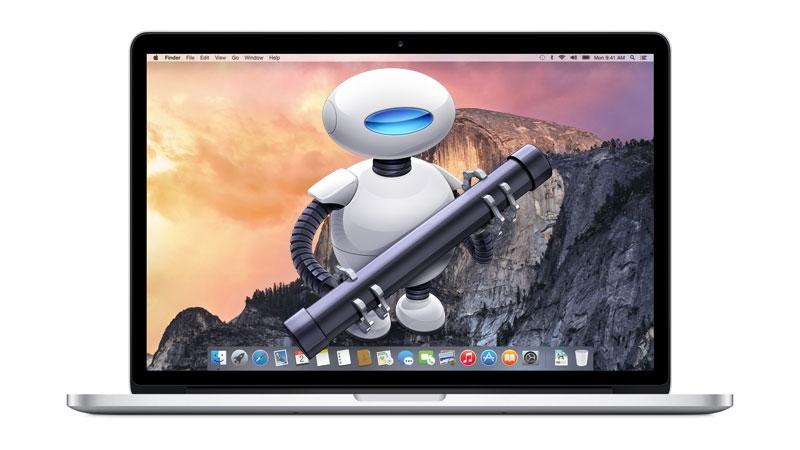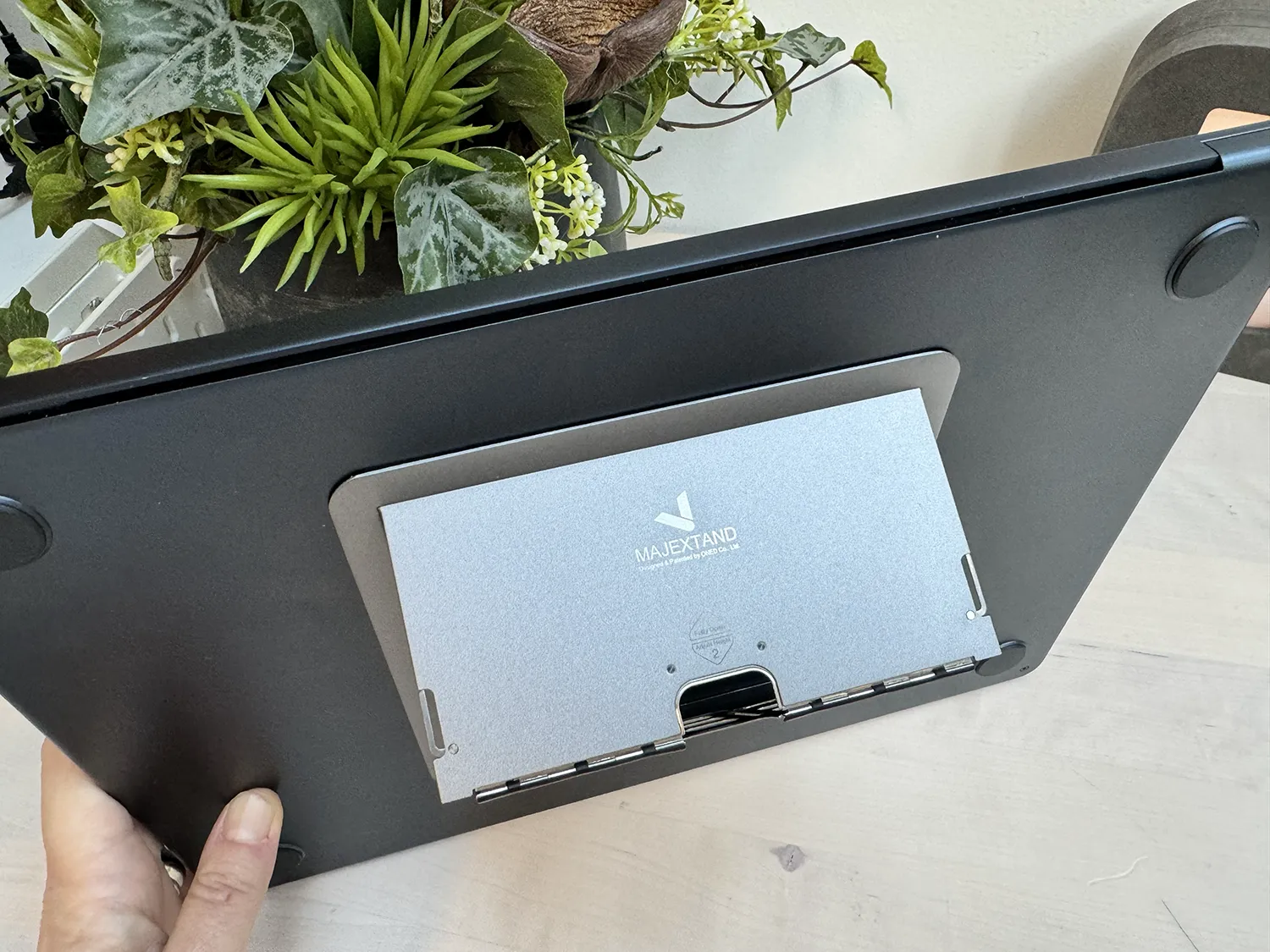We don’t hear about the digital euro every day, but it is a very lively project within the EU that is in its preparation phase, and that could begin to be tested from November next year 2025. In fact, the European Central Bank recently published a new report in which it explains what is new in its development, including some comments on the privacy of this future currency that will be of great interest to the most skeptical, and which it is worth getting to know.
He document The report published in June by the ECB, which is the first progress report in the preparation phase, confirms that the monetary entity considers citizen privacy as one of the main pillars of the project. Therefore, according to the central bank, this digital euro will have an offline payment method, that is, without an Internet connection, with which privacy levels “similar to those of cash” would be maintained. Likewise, for online payments, the ECB is considering a system that does not allow the user to be directly associated with their payments, also maintaining a certain veil of anonymity.
The offline payment option would work by making a top-up at an ATM or at a time when we are connected, and then using this balance to pay between friends or to pay in physical stores without needing an internet connection. The technologies that could be used to make these transactions without the Internet would be NFC and the so-called secure element chip, already present in most smartphones: These existing tools “are commonly used for identification, telecommunications and transport purposes and could also be used to implement the offline digital euro solution, allowing users to easily download and use it on their mobile devices without having to go to a bank branch to verify their identity,” the ECB indicates.
In this way, “the offline functionality would allow payments to be made without an Internet connection, for example, at short distances, in places with limited network coverage and in the event of power outages,” they explain.

To use the digital euro, the ECB has two main options in mind: opening an account in our bank dedicated to this digital currency, or connecting a digital euro wallet to our usual account so that we do not have to top up the balance manually, but can directly use the money from our main account.
They have also already committed not to use data collected by the digital euro system for commercial purposes, and not to transmit to our bank any information beyond what is essential for them to comply with European anti-money laundering regulations. Furthermore, in order to protect financial stability, holdings of digital euros would not be offset by interest, and a limit would be applied to the amount of digital euros that can be held.
Special attention to offline mode
The possibility of paying using two devices (the customer’s and the company’s) that can both be disconnected from the network is an issue to which the Eurosystem is giving great importance, ensuring that they have “intensified efforts” for the deployment of this modality.
The success of this implementation will depend on how the legislation affects mobile phone manufacturers, they say, since relying on specific specifications in smartphone hardware could mean that some citizens have an easier time using it than others, which contradicts the fundamental principle that the digital euro can be used equally by all citizens in all EU countries.















